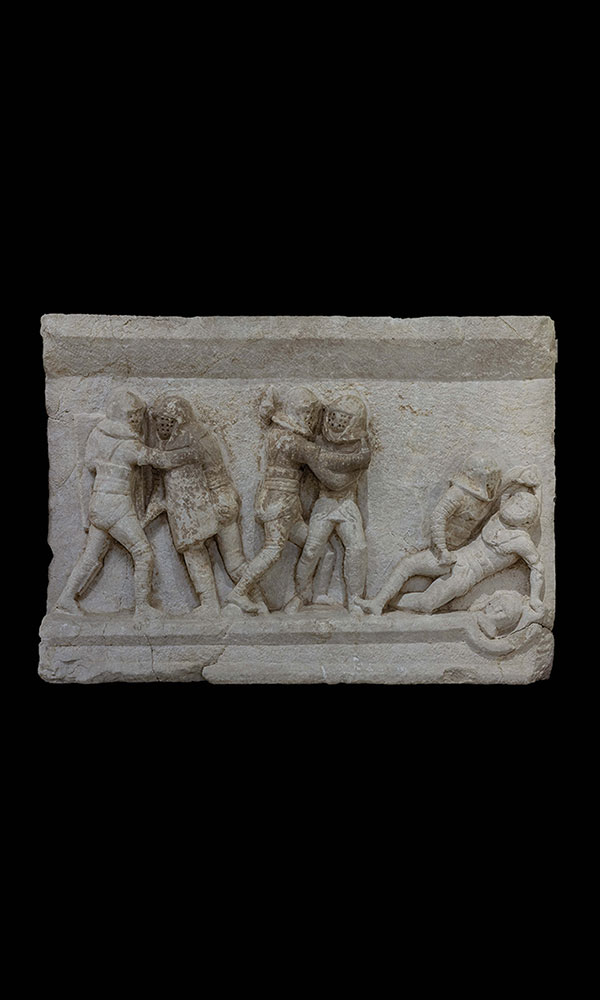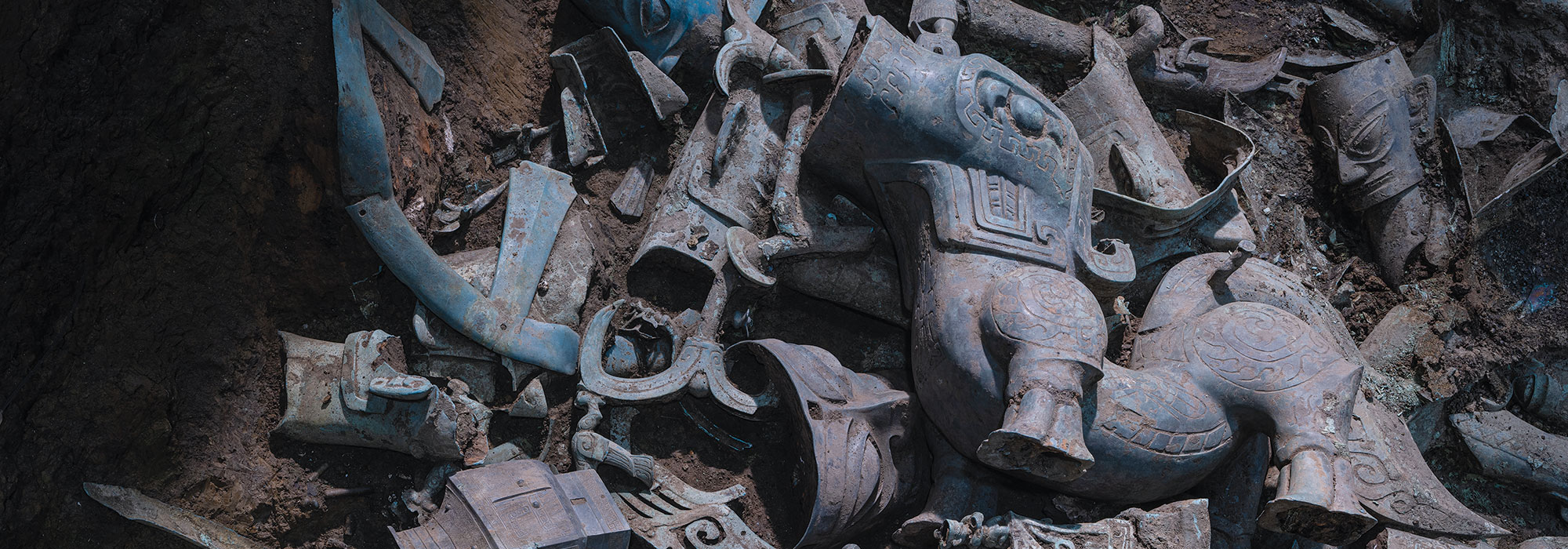
In the early days of archaeology, excavators used objects such as shoeboxes, beer crates, and even matchboxes to store artifacts. In some cases, museum workers have assembled collections of these old containers, long since emptied of their ancient contents. Archaeologist Charlotte Williams of the University of Pennsylvania recently studied just such a collection of 182 colorful matchboxes stored at the Smithsonian National Museum of Natural History. She found that, far from being mere curios, they offer unusual insights into bygone archaeological fieldwork.
The matchboxes were used to store plant specimens and textiles excavated in the 1930s from caves in the northern Mexican state of Coahuila by a team led by archaeologist Walter Taylor. Working in these caves, which were occupied by hunter-gatherers as early as 7500 b.c., was a formative experience for Taylor, who was an important early advocate of scientific archaeology and championed recovering small, seemingly insignificant artifacts and botanical remains.

Williams found that the match striker strip on every single box showed evidence of having been struck, suggesting the matches had been used to light cigarettes or cooking stoves before the boxes were employed as artifact containers. The overwhelming majority of the matchboxes were made in Mexico, suggesting they were ad hoc solutions to artifact storage. Williams believes the matchboxes may have been furnished by Lyda Taylor, Walter’s wife, who—judging by photographs taken of her at the time—was an enthusiastic smoker and who analyzed botanical samples from the caves. Williams notes that substances originally stored in old containers, such as tobacco, caffeine, and phosphorus, may have contaminated artifacts. “We need to take seriously how the tools of early archaeological work influence the science of archaeology,” she says. “All objects are affected by their containers.”












